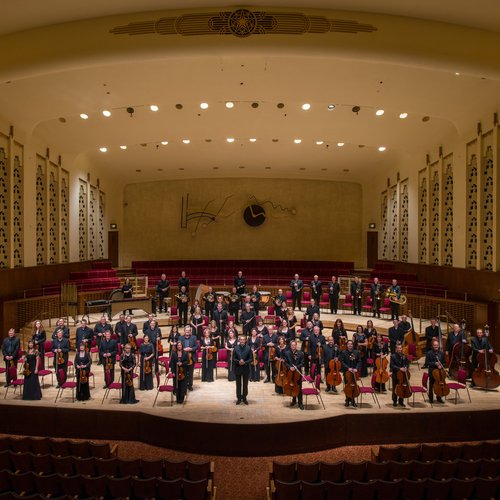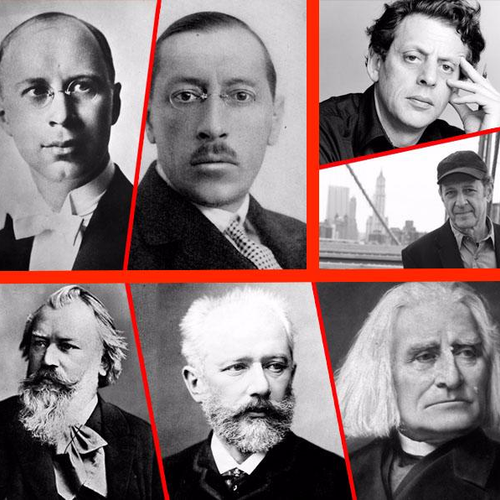Brahms: Clarinet Quintet in B minor - Full Works Concert Highlight of the Week
Jane Jones explores the work which was an end to early retirement for Brahms.
After years of self criticism, and the burden of great expectation laid on his shoulders by friend and mentor Robert Schumann, perhaps it was no great surprise when the 57-year old Brahms announced, 'I have worked enough, now let the young folks take over.' Quite what the composer was planning for his early retirement isn’t clear, except maybe to spend more time down the pub and drink more of his favourite beer! But like many newly retired, it wasn’t long before Brahms was itching to get back to work – inspired by the wonderful clarinet playing of one man, Richard Muhlfeld. The pair met when Brahms visited the Court at Meiningen and was captivated by Muhlfeld's performance, who Brahms regarded as the greatest woodwind player he’d ever heard. The result was a clutch of four chamber works all featuring the clarinet, and of the four the Clarinet Quintet is one of Brahms’s finest.
Written in the summer of 1891 – only a year after his premature decision to retire – the Clarinet Quintet was composed whilst he was holidaying at the spa town of Bad Ischl, and there’s a strong sense of mellow nostalgia to the work as if the composer has chosen to look back over his life. The autumnal feel to this occasionally sentimental and melancholy quintet, suits the colours and characteristics of the clarinet beautifully. It’s impossible to escape this notion that the composer was looking back, since the ghost of Mozart and his clarinet quintet from an earlier century seems to hover over Brahms’s music. It suited the trend of the time, with concert promoters looking to schedule music of past composers over contemporary works. Brahms was no stranger to the style and musical structures of the classical greats, with his popular Variations on a theme of Haydn. But with the Clarinet Quintet. it’s as though Brahms has decided to jump a century and give us his idea of what Mozart might have sounded like if he’d lived through the impact of Wagner, Liszt and the like!
Having said that, the four movements do subtly showcase a significant degree of innovation as the theme and variations of the opening movement fade in and out as though unwilling to say goodbye. This technique - developing the variations to be explored throughout the work - is something that’s got more in common with modern composers of the 20th century, rather than those of the 18th. The second movement’s haunting adagio has been described as other-worldly. It feels like a warm summer night but then there’s a change to a much darker mood full of tension, protest and anguish which finally resolves into a sense of resignation. After the lingering loneliness of the adagio, the third movement’s change of pace comes as something of a surprise, dancing along to a typical Brahmsian melody. The final movement of the Quintet returns to a theme and variations, which reinforces this enduring cycle of reflection, with the very first theme from the opening movement returning to dovetail with the music of the finale.
This ingenious use of themes should leave us in no doubt that Brahms still had plenty of ideas when inspired by his friend’s clarinet playing but, despite the intimate mellow warmth of tone and the sweet sense of nostalgia, Brahms ends the quintet with a single sobering chord, bringing the glow of the Indian summer to a chilling end.












